Last week was remarkable!
We hosted 200 members from the Quizizz team at the Padukone-Dravid Centre for Sports Excellence for a day filled with sports, reflection, and powerful leadership lessons. It was also a milestone moment for us—November 2024 marks one year of our partnership with the Centre.
What started as a simple question.“What can organizations learn from high-performing sports teams?”—with just 10 leaders in attendance, has evolved into something extraordinary.
In the past year, over 500 leaders have stepped into this transformative space. And every time, without fail, as they walk out, there’s an undeniable buzz—a spark of realization, a renewed energy, and a shift in how they think about leadership and teamwork.
(You can get in touch with us here if you would like to provide a similar experience for your team)
But this newsletter isn’t about celebrating milestones. It’s about addressing a tough question that many CEOs and founders of growth-stage organizations are grappling with right now.
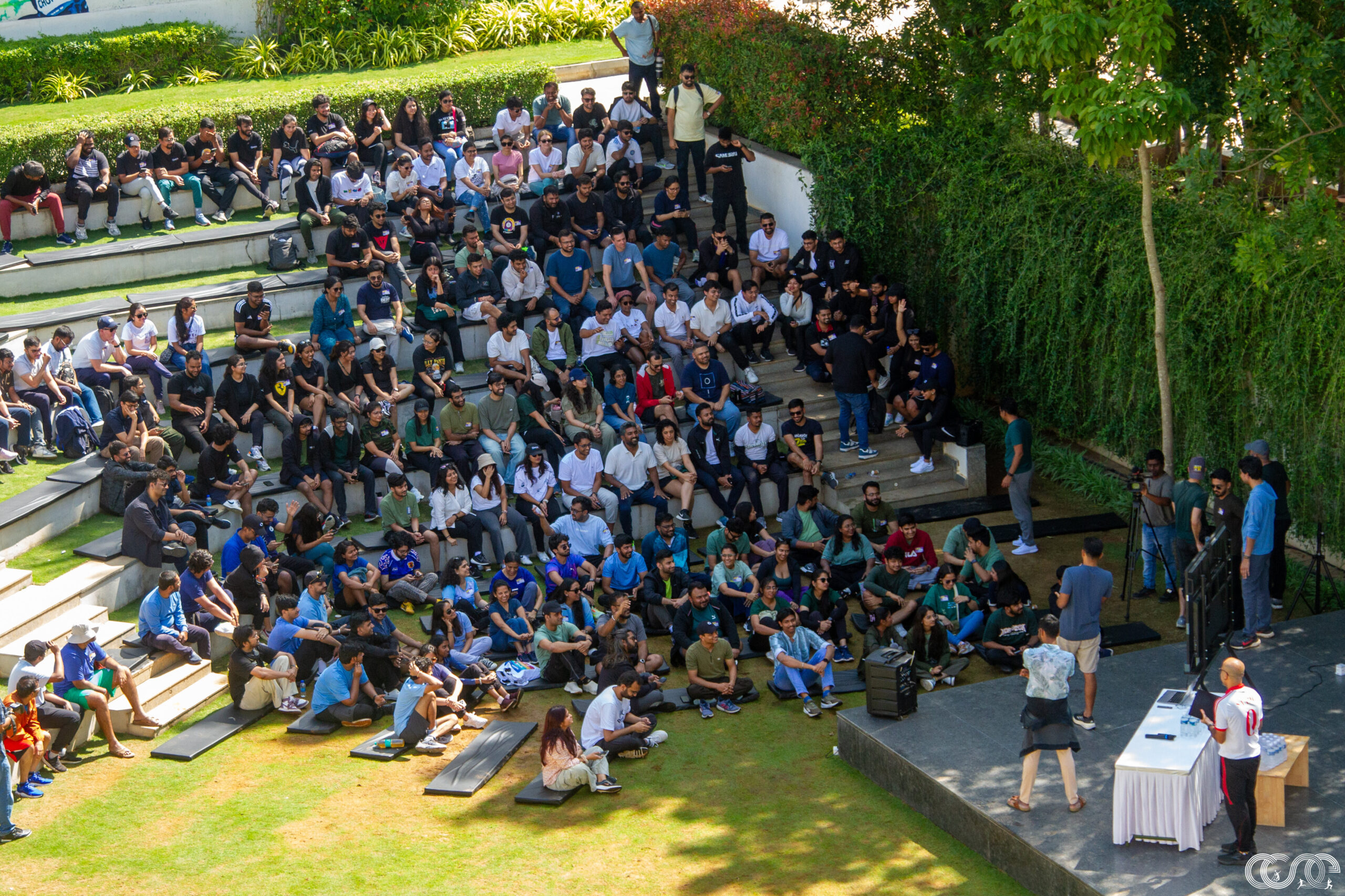
Image 1: Quizizz Team in CSE 😎
The Problem:
One question I often hear from CEOs is:
“How can I identify & nurture my next generation of leaders?” (Or)
to put it in a sports context: “How can I strengthen my bench?”
As I reflected on these conversations, a pattern emerged—this concern comes up most often from leaders in growth-stage organizations. Intrigued, I dug deeper and realized it’s not just a local challenge; it’s a global one.
A Harvard Business School article, “Grooming Next Generation Leaders” sheds light on this very issue.
According to James L. Sasser, a Baker Foundation Professor:
“Employees in large and small organizations share one advantage. These employees enjoy access to talent identification systems. Big organisations can point to formal programs led by individuals whose sole responsibility is to find and mentor up-and-comers. And small companies can shine in talent identification too, as CEOs take note of future stars themselves. But medium-sized organizations have the most difficulty with talent identification because these companies often lack the infrastructure and human resources capabilities.”
This quote perfectly encapsulates the dilemma faced by leaders of growth-stage organizations.
And one of our clients who is a pioneer in legal governance search and consulting space was grappling a similar challenge at that time.
With over 15 years of history, they had built a remarkably stable leadership team—fondly called their ‘leadership council’—comprised of individuals with over a decade of tenure each. While this high retention had been a strength, it became clear that the next phase of growth required more. The leadership council couldn’t shoulder the future alone; they needed to actively nurture the next generation of LC members who could drive innovation and push the trajectory higher.
The critical question they were asking was: “How can we help the LC to consciously identify and groom the next generation of talent—without overburdening their already stretched bandwidth?”
What’s more, to wait, we jumped straight in 😀
So, what did we do ?
The first thing we did to tackle this challenge head-on, we join forces with Bizsherpa to complement each other’s strengths.
And we co-created the ‘Next Gen Leaders’ program.
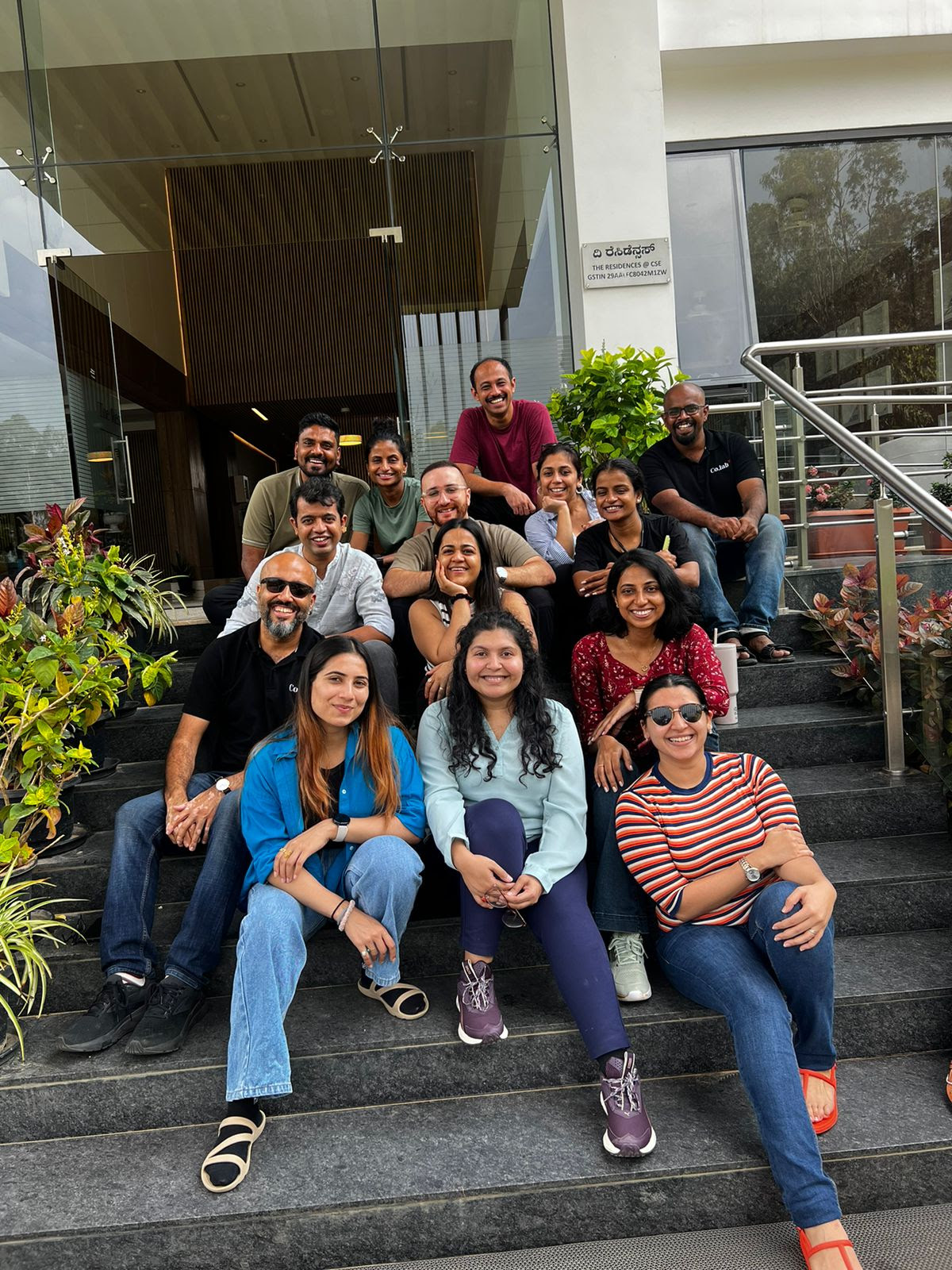
Image 2: Bizsherpa and Co.labx team with leaders post action
Often times, when you try to solve such issues you take the traditional L&D route, which is anchored around the leader.
Traditional approach: Leaders skill up → Work improves → Results get created. This puts undue pressure on individuals, and results are inconsistent if the learnings aren’t translated effectively. Another gap is results were open, it is left to chance.
Our Approach: Define results → Define a plan to achieve the results → Achieve it.
We flipped the model on the head, started with results and leveraged this 3C model:
Step 1: Challenge
Leadership identifies areas where they need breakthroughs and defines results that needs to be created.
The LC team identified, that their next level of growth will come from selling their product better, The majority of their growth till now has come from reference, but to move to the next level they wanted to sell better. Which involves prototyping and building better processes around it and more people selling their services without expanding their team
So the result they wanted to create “ Everyone in the organisation becoming a BD powerhouse driving growth”
Step 2: Core team
Leadership identifies promising talents and forms a core team. The LC identified 10 of them and brought together a cohort of emerging leaders.
These leaders were split into 3 teams and started working on 3 breakthrough projects to drive the results they wanted to create.
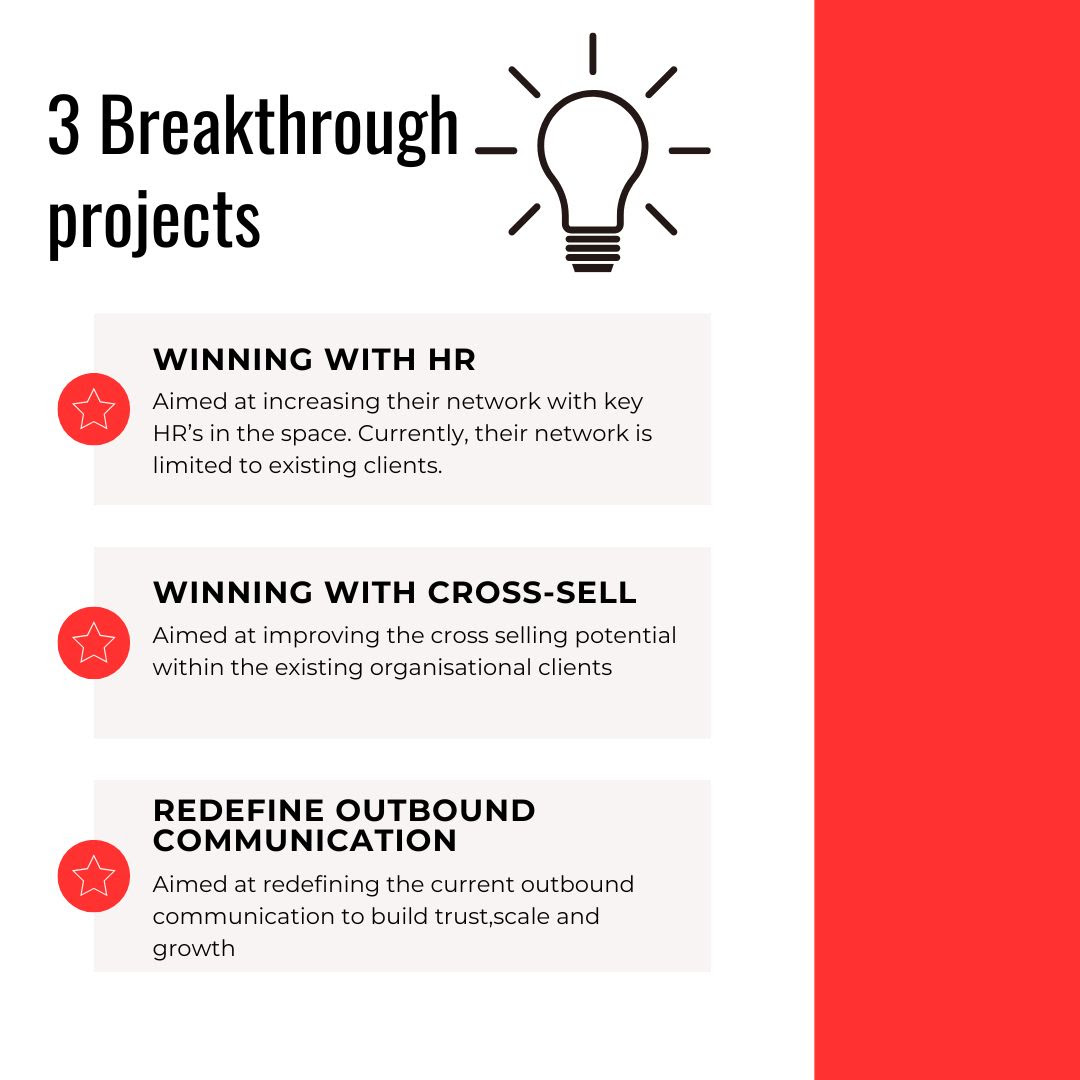
Image 3: The breakthrough projects of team along with team name
Step 3: Calendar
A structured calendar is set outlining how the Bizsherpa and the Co.labx team will support these individuals through coaching and capacity building.
And the execution began 3 months ago.
Two weeks back, we saw the impact firsthand during a Dolphin Tank pitch, and it blew our minds.
What was the impact?
Over the course of 8 weeks of execution,this is the impact they are able to create 👇
(Note: None of the leadership team was actively involved in these projects and for 10 of them this is beyond their regular scope of work)
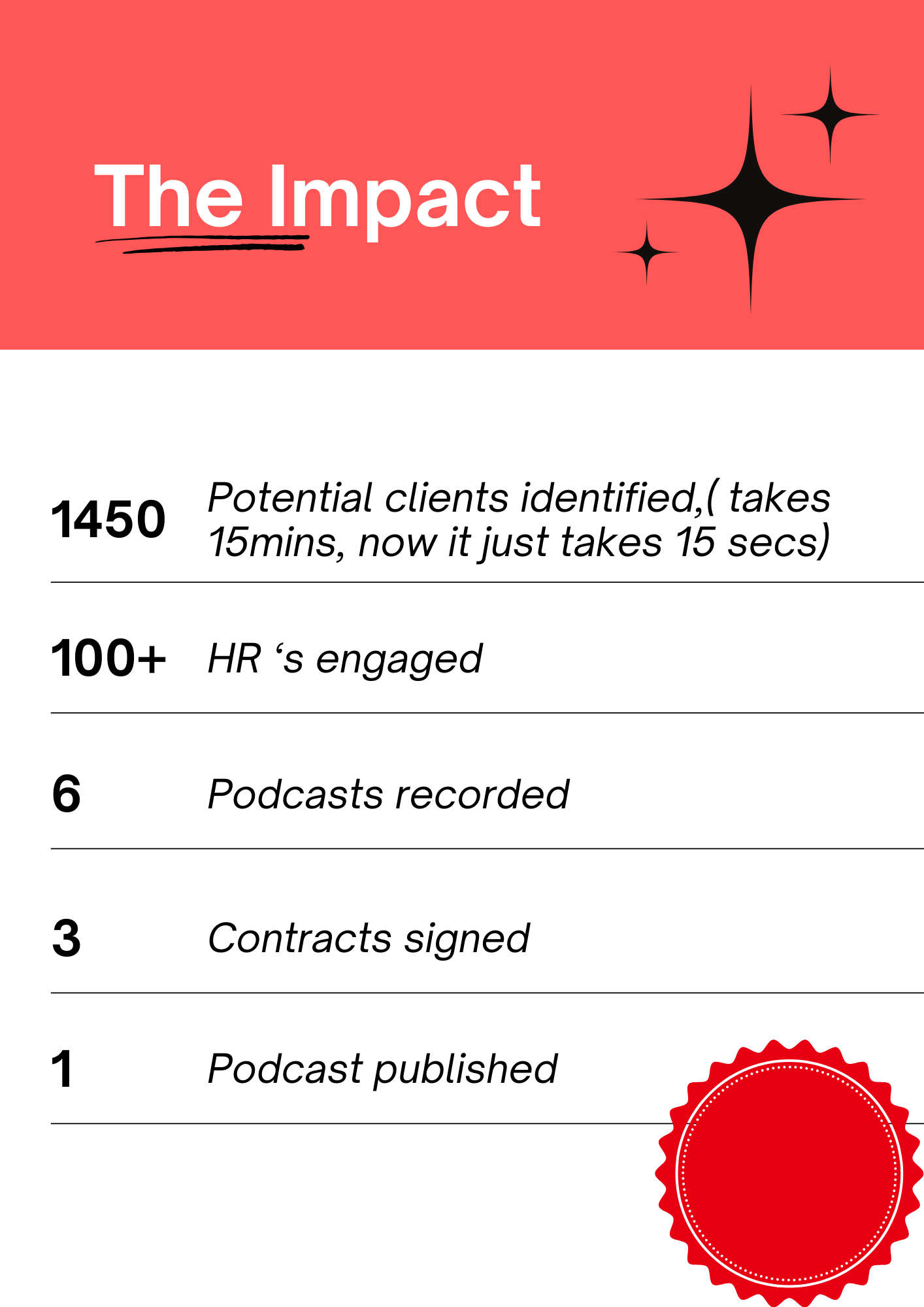
Image 4: Impact the core team was able to generate through breakthrough projects
These outcomes weren’t just numbers—they represented a shift in how these leaders approached growth. They achieved this kind of breakthrough in just 8 weeks and suprise suprise the LC team was not executing with them. They were on the sidelines mentoring when needed with feedback and ideas.
What more can we ask for from these next-gen leaders 😃 ?
What did we learn from this?
1. Build people and business together, one need not wait for the other
Building your nextgen leaders is not about burning too much money into training, it’s about creating Win-Win-Win
-> Win for individuals – mindsets & skills around causing breakthroughs and innovating
-> Win for teams – people get to work cross-functionally, meet people beyond their verticals, and strengthen bonds/ties across the org
->Win for org – real results & bright spots get created in short periods of time that serve as proof points
2. Leveraging key partnerships when you tackle a tough problem is key: Without the Bizsherpa team, the impact we created wouldn’t have been possible. The key principle we stick to when we do such partnerships is to find the right partners who you trust and for whom this is already a mission.
We took the yin-yang approach:
– Co.labx has focused on structure & process upgrades and building a team-of-teams approach to cross-functional collaboration.
– BizSherpa has focused on mindsets & insight upgrades, by helping this team design their breakthrough projects and coaching them on a week-on-week basis to build innovation as a skill (vs. a gift) to solve tough problems
3. Tiny testing: In case you like this idea around breakthrough projects and if you want to do such projects in your organisation – Ask people to make bold bets, not big bets. The magic lies in making these tiny AND bold.
And yes, that’s it with this edition of the newsletter.
Before signing off, we have a request to you
1. If you are curious about this model and want to chat a bit about it and pick my brains, you can grab a coffee and block some time with me here post January 4 2024 .
(FYI – we will be in the organisation downtime between December 25th – Jan 2nd 2025)
2. If you are thinking about your year end offsite, we have our winning together program and teams have seen some exceptional results through it. If you are interested in exploring , you know what to do 🙂
3. If you have received this newsletter from us, you very well know you are very special to us. Thanks for all the support that you have yielded to us this year.
Advance Christmas & New Year 2025 wishes for you from everyone in the Co.labx team. we wish you and your organisation the very best for achieving the breakthrough growth you are looking for in 2025.
Just know we are rooting for you 😀
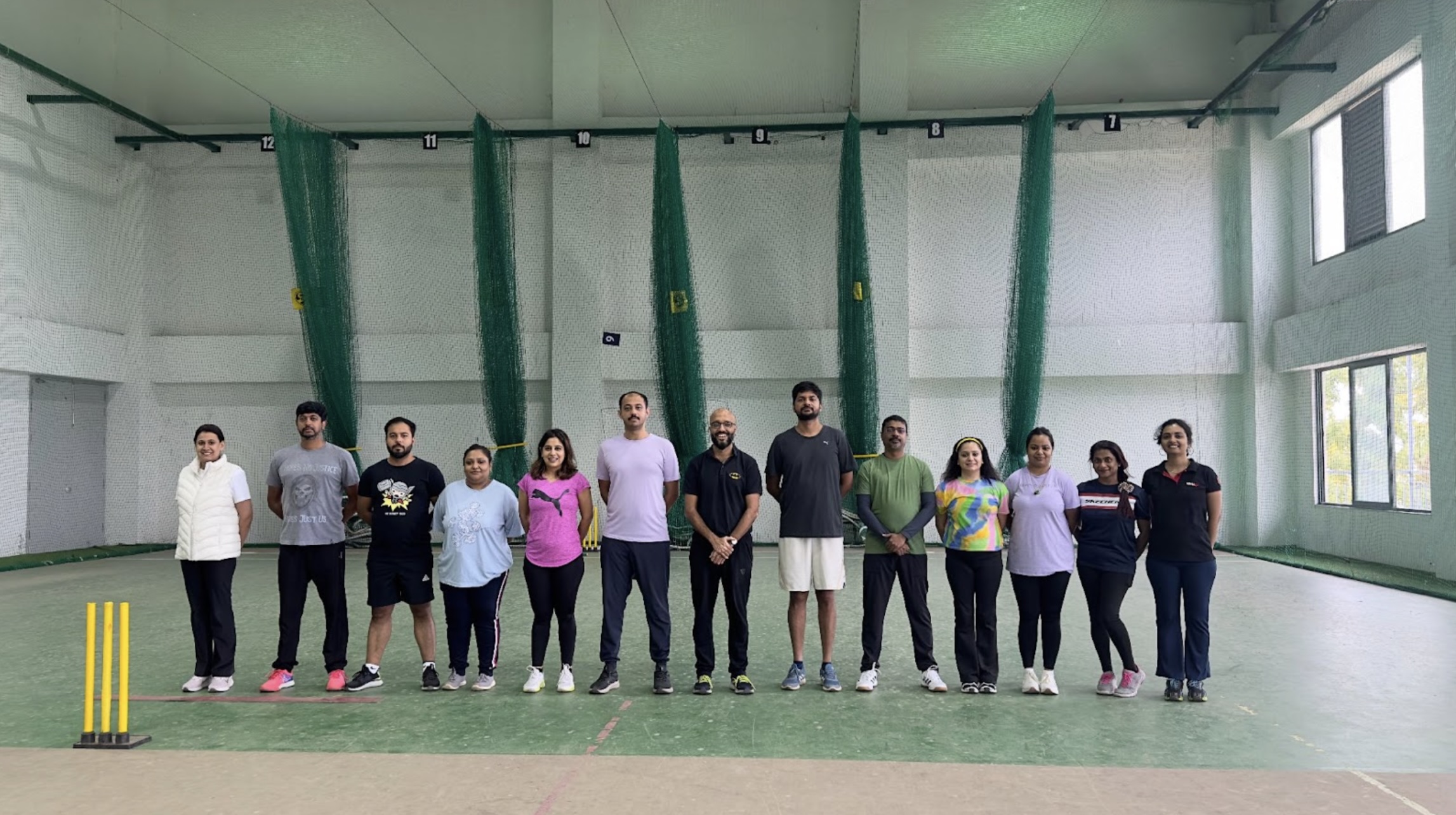
The Diary of a Coach
Diary of a Coach is a monthly newsletter sharing lessons in leadership and organisational development by people who are actively championing this work with various organisations.